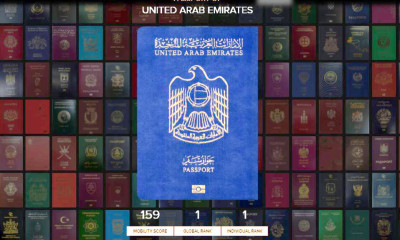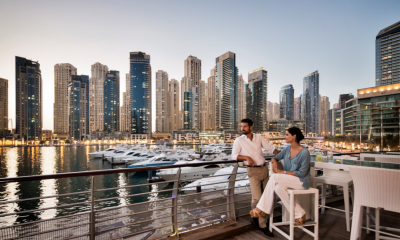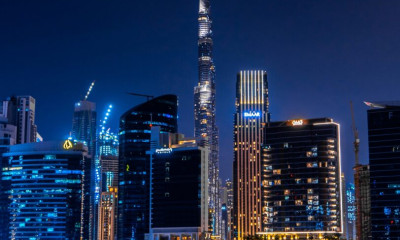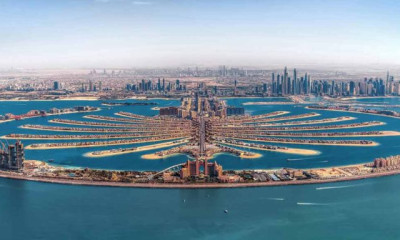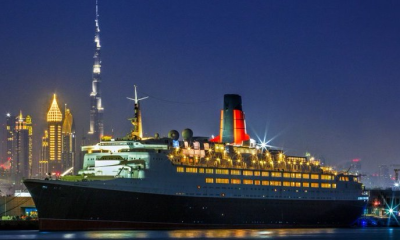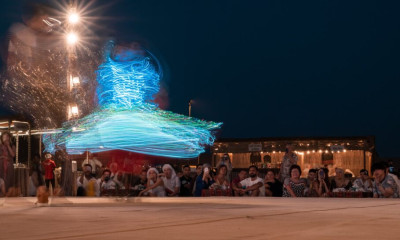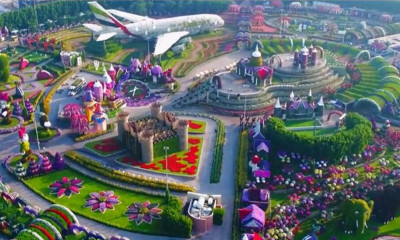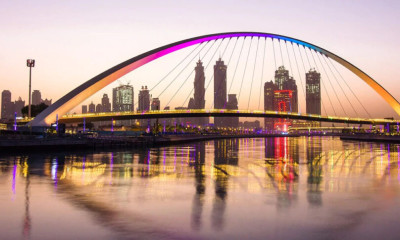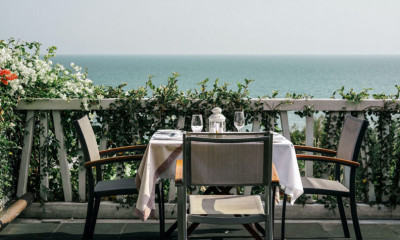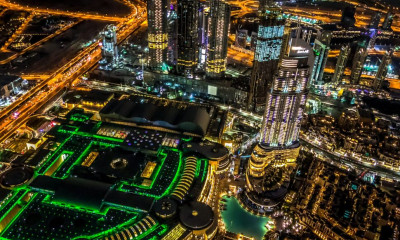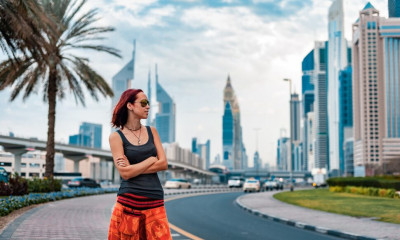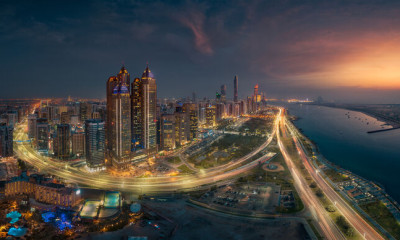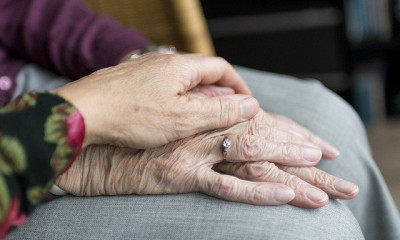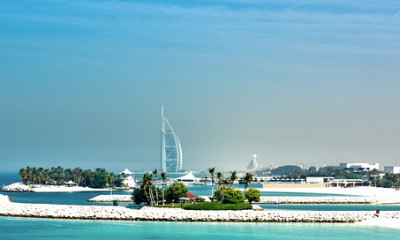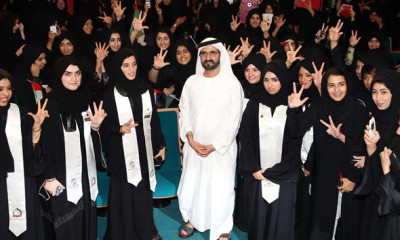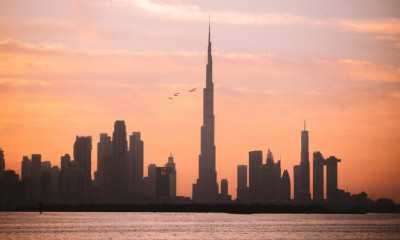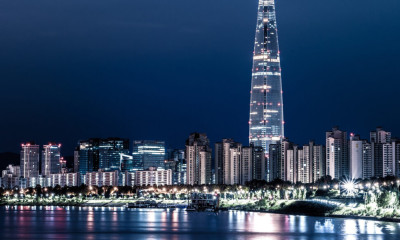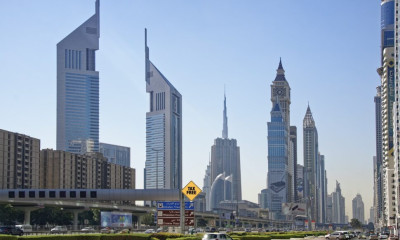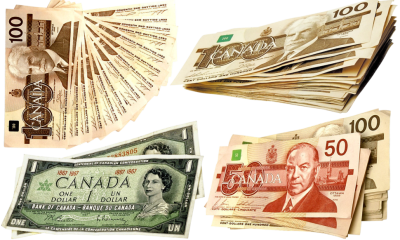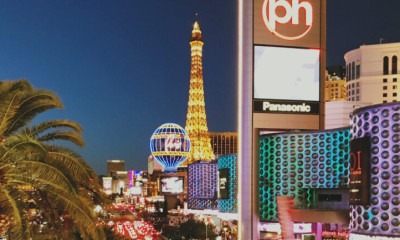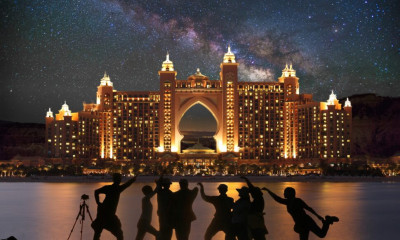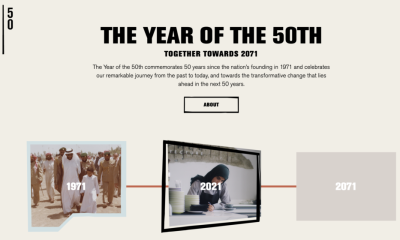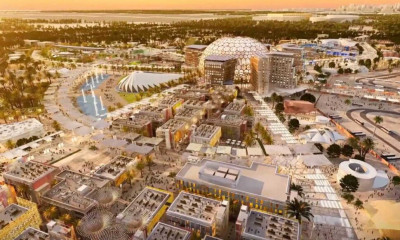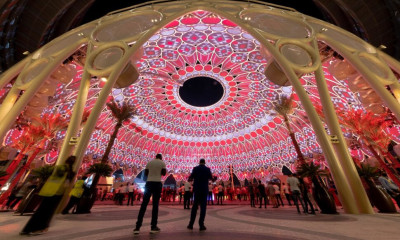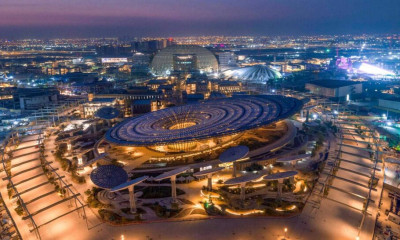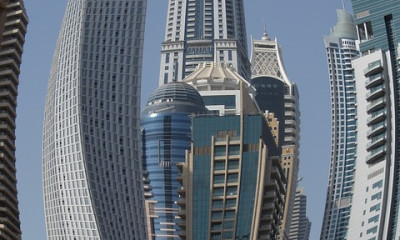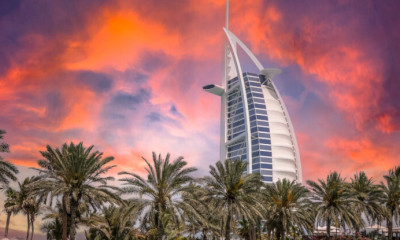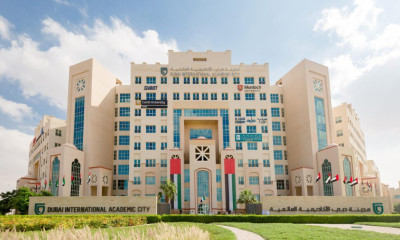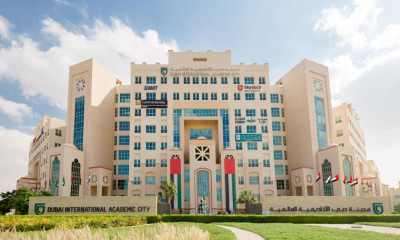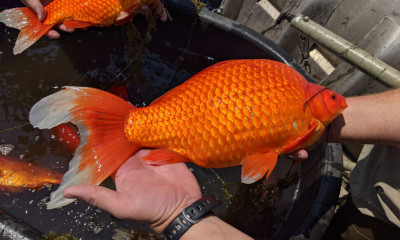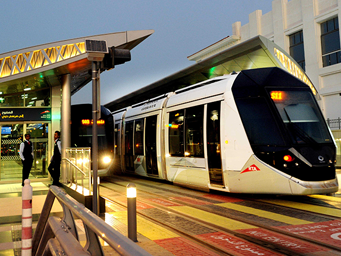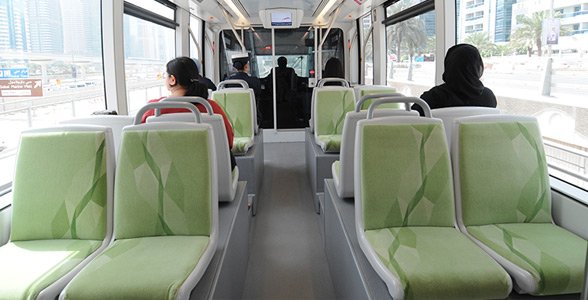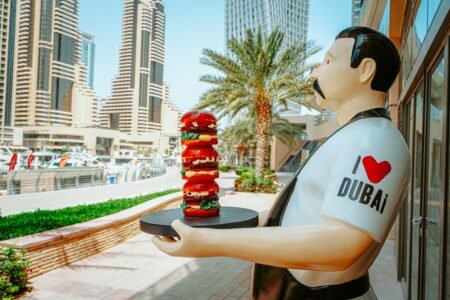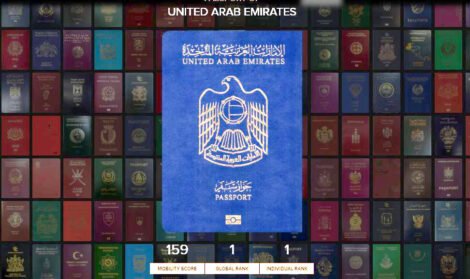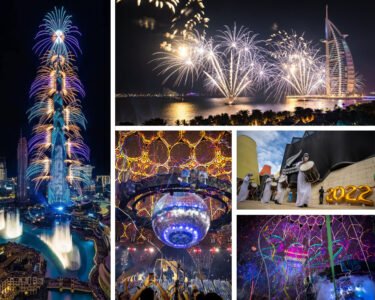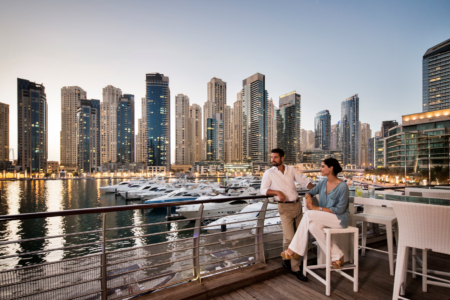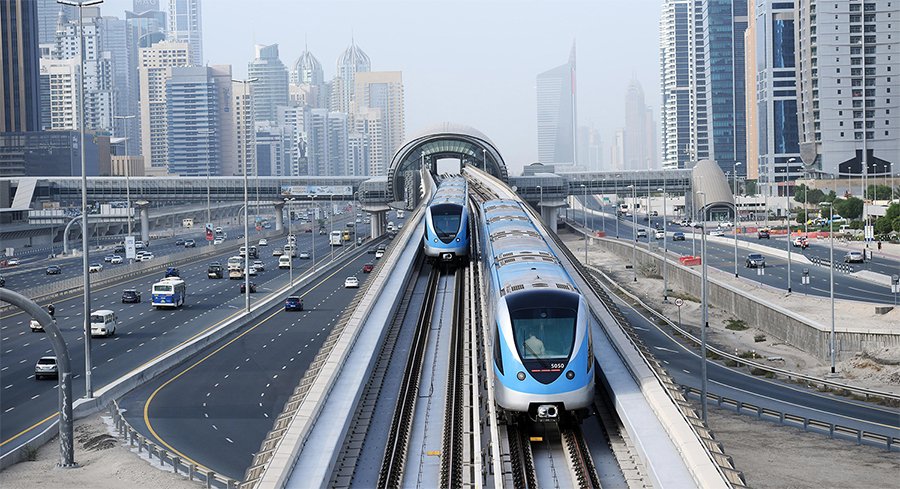
Dubai is a city on the move. At any given point in time, you’ll find hundreds of thousands of people moving from A to B, to work, to study, to play, to shop, to meet friends and family or to visit many of the city’s landmarks. Personal cars remain the preferred mode of travel – the city has more cars per capita than London or New York, with more than one car for every two residents.
Public transport, though, is definitely getting more popular. In 2019 (pre-pandemic), for instance, 594 million passengers used Dubai’s public transport systems, including the metro, tram, public buses, taxis and smart rental vehicles. But, that’s not when the emirate’s public transport began to evolve.
In 2019 (pre-pandemic), for instance, 594 million passengers used Dubai’s public transport systems, including the metro, tram, public buses, taxis and smart rental vehicles.
In the 1960s, Dubai had about 40,000 residents with only 13 cars, including a Mercedes Benz, Land Rover, Volkswagen, Dodge and Toyota. A tarmac road was still years away. As oil gushed out in abundance from its desert wells, the emirate was booming by the early 1970s.
By the late 1990s, it took about two hours to drive from Dubai to Abu Dhabi (a massive improvement from the earlier four hours it used to take on a non-paved, camel-infested road). What followed was exponential growth as the emirate became a global business hub and one of the most sought after destinations for foreign workers to live and work in.
The growth in numbers was staggering and posed a welcome challenge to the emirate to develop a public transport system that connected every part of the city without the loss of time and, therefore, money.
But first, the facts. By 2015, the emirate had a vehicle density of 540 per 1,000 people – the highest in the region and one of the highest in the world.
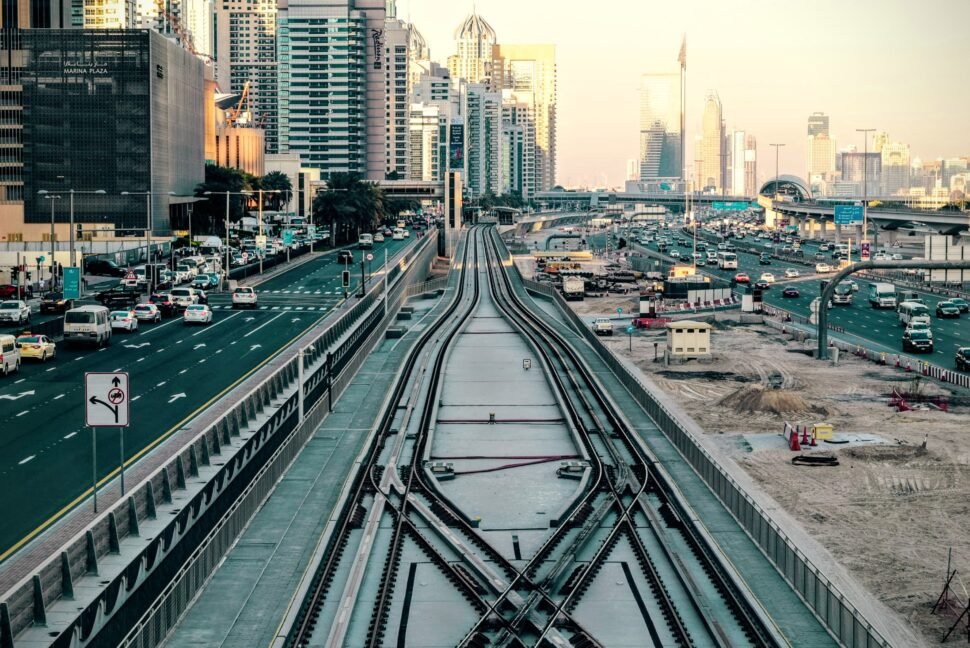
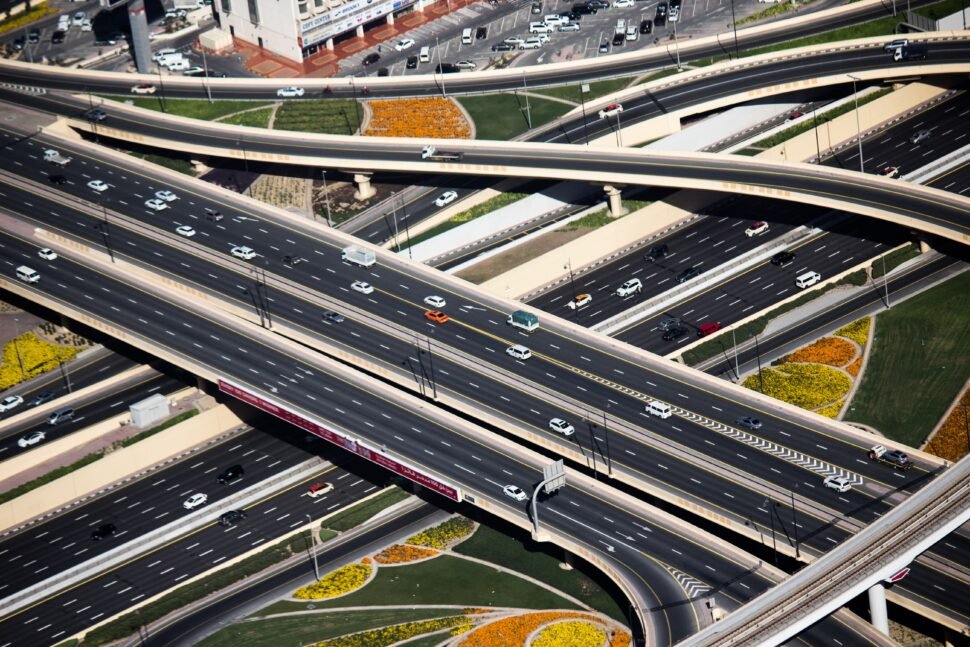

In 2006, Dubai had a road network of 8,715 kilometres and 740,000 vehicles. That year, it is estimated that traffic congestion cost the emirate Dh5 billion in terms of time lost and the fuel used.
A 2018 global study of 1,360 cities in 38 countries by traffic information provider Inrix found Dubai drivers spending 29 hours a year stuck in traffic.
This despite the fact that the length of roads increased by 92 per cent between 2006 and 2017. A state-of-the-art traffic control system using smart technologies to monitor traffic movement launched at Al Barsha in 2016.
The number of bridges leapfrogged by 324 per cent; total lanes crossing Dubai Creek vaulted by 153 per cent and pedestrian tunnels skyrocketed by 354 per cent.
In car-oriented Dubai, 76 per cent of residents used private cars, only 14.4 per cent used public transportation and 9 per cent used the taxi service.
Road tolls became a part of daily life with the city hosting the world’s biggest free-flow toll system, Salik, set up in July 2007. Toll gates were doubled to four in September 2008.
By January 2021, of a total of 550,000 parking places in Dubai, 190,000 slots were paid parking – making it easier to buy a car in Dubai than find a place to park it.
It was a time to reimagine public transport and innovate, create and implement one of the world’s most ambitious and futuristic transport systems in Dubai.
Dubai Metro

In May 2005, Dubai signed a Dh12.45 billion deal with a consortium led by Mitsubishi Corporation of Japan to build a Metro system as the emirate’s key means of public transport.
In September 2009, Dubai launched the world’s longest driver-less, fully automated rail network over a length of 74.6 square kilometres, carrying 60,000 passengers every day.
Dubai, the newest of the 188 metro train systems in operation in 55 countries, boasts the planet’s longest underground station – 232 metres in length.
The Roads and Transport Authority (RTA)-developed Dubai Metro reduced traffic congestion and commuting times, along with curtailing automobile pollution.
This year, Route 2020 had been added to Dubai Metro which currently carries 13,000 passengers per hour per day – it served 202.98 million passengers in 2019.
And that was just the beginning…
Dubai Tram
In November 2014, Dubai Tram began operations with a fleet of 11 trams in the first phase that covered 10.6 kilometres.
The tram moves along Dubai’s first purpose-built waterfront development, the Dubai Marina, at a speed of 21.44 kilometres an hour, able to achieve a maximum speed of 50km/h.
The Dubai tram has 11 stations and is the first tramway project outside Europe powered by a ground-based electric supply system extending along the entire track.
Both Dubai Metro and Dubai Tram carry over 210 million passengers per year.
Taxis, buses and boats
Dubai’s taxi fleet comprises more than 3,850 vehicles, operating around the clock, 7 days a week including public and religious holidays. Dubai has a large bus service network with a fleet of 1,518 buses that cover 87 per cent of the emirate’s urban area. The network comprises of 119 internal lines, including 35 lines linking to metro stations, 12 intercity lines to transport passengers to other emirates, 62 internal lines and 8 fast lines.
Water forms an integral part of Dubai’s commute, with a busy and passenger-friendly marine transport using both the traditional (Abra) as well as modern forms of public transport such as the Water bus, the water taxi and Dubai Ferry. On a motorized traditional
Abra, for as little as Dh1 per trip (Dh2 for air-conditioned and petrol Abras), tourists and regular commuters can discover the charm of old Dubai in this traditional half-boat, half-raft.
It is the most popular mode of transport for cruising around the Dubai Creek, a spectacular 14km stretch that divides Deira and Bur Dubai. Hop on for a glimpse of the soulful side of the city. The Abra can also be booked as a private charter for cruising across the Creek for Dh120 per hour.
Dubai Trolley
In April 2015, the Dubai Trolley entered the scene as the world’s first hydrogen-powered trolley tram. The trolley has zero-emission and services 500 acres in Downtown Dubai, home to Burj Khalifa, the world’s tallest building.
Up to 74 passengers can board the eco-friendly double-decker vehicle at one time. This network has a total length of 10.6 kilometres connecting two metro stations – Dubai Marina and Jumeirah Lake Towers (JLT).
The future is autonomous… and electric
A firm believer in being a city in perpetual progress, Dubai began looking at new technologies and innovations in the public transport domain. The Dubai Autonomous Transportation Strategy aims to transform 25 per cent of total transportation in the city to autonomous mode by 2030.
The RTA and Dubai Police tested the city’s first autonomous taxi service for three months, beginning January 2019. The vehicles ran on a pre-set, dedicated route within the Dubai Silicon Oasis (DSO), a free zone spread over 7.2 million square metres. The driverless cab can run at a speed of up to 35 kilometres per hour with four people on board.
Global consultancy KPMG, which publishes the annual Autonomous Vehicles Readiness Index (AVRI) that ranks the preparedness of 30 countries in the AV race, says Dubai’s quality of roads and positive consumer opinion boosts the city’s chances of meeting its goals.
The aim is for Dubai to convert 25 per cent of total trips into self-driving ones across different modes of transport by 2030
Autonomous vehicle company Cruise will launch its first international robotaxi service in Dubai, with plans to have up to 4,000 vehicles in operation by 2030. It will roll out taxi services in 2023. Dubai will be the first non-US city in the world to put the Cruise Origin, the first purpose-built all-electric self-driving vehicle on the road. The aim is for Dubai to convert 25 per cent of total trips into self-driving ones across different modes of transport by 2030.
Legislation has already been introduced to make it easier for driverless vehicles to be tested on the emirate’s roads.
The Al Habtoor Group joined hands with Israeli car technology company Mobileye, to operate a fleet of autonomous vehicles and robotaxis in Dubai by 2023. In 2022, an early-rider programme will start to test their Mobility-as-a-Service (MaaS) offering.
Dubai Supreme Council of Energy is working to promote the use of electric and hybrid vehicles to reduce carbon emissions within the second-highest gas-emission producing transport sector in Dubai.
Air taxis
The city is expected to be the launchpad for commercial air taxis, with services projected to begin by 2022. Dubai has also carried out advanced tests with autonomous aerial vehicle companies like Volocopter and EHang. It has already done the first public test of its drone taxi service. The self-piloting electric Volocopter is less noisy and has a smaller physical and environmental footprint than a traditional helicopter.
Dubai has also carried out advanced tests with autonomous aerial vehicle companies like Volocopter and EHang
And then…
In December 2018, Dubai unveiled two models of the Sky Pod project, a futuristic mobility system that requires less power and infrastructure to operate. The pod’s power efficiency is five times better than electric vehicles and the system requires infrastructure 10 times less than conventional transit systems. One of the models had a capacity of up to 50,000 riders per hour.
Dubai is also working to convert 50 per cent of the taxi fleet to hybrid cars by the end of this year. The Dubai Clean Energy Strategy wants to transform Dubai into the lowest carbon footprint city in the world by 2050 and reduce carbon emissions by 16 per cent by the end of this year. The city is also working on high-speed Hyperloop pods that would transport passengers to Abu Dhabi in just 12 minutes, a distance of over 120 kilometres.
Electric vehicles
Dubai is witnessing an explosion in electric vehicles. Dubai has unveiled dedicated EV parking spaces and free road toll tags and charging stations. In 2017, 200 Tesla cars were purchased to expand the city’s airport taxi fleet. This Tesla fleet includes both Model S sedans and Model X SUVs, each equipped with the Autopilot software.
Dubai has unveiled dedicated EV parking spaces and free road toll tags and charging stations
Dubai is striving to have the smallest carbon footprint in the world by 2050. About 90 per cent of the Dubai limousine fleet would go green by 2026. The proportion of environmental-friendly vehicles will pick up to 30 per cent by 2022. The RTA plans to permit electric vehicles to use bus-dedicated lanes and the number of hybrid taxis is set to rise to 4,750 vehicles by 2021.
In February 2020, Dubai started the test run of dynamic wireless charging of electric vehicles and buses using magnetic resonance technology. About 300 charging stations for electric vehicles have come up. In December 2016, Dubai launched the first solar-powered abra (water taxi), a public marine transit mode powered by solar energy.



